- Home
- Articles
- Architectural Portfolio
- Architectral Presentation
- Inspirational Stories
- Architecture News
- Visualization
- BIM Industry
- Facade Design
- Parametric Design
- Career
- Landscape Architecture
- Construction
- Artificial Intelligence
- Sketching
- Design Softwares
- Diagrams
- Writing
- Architectural Tips
- Sustainability
- Courses
- Concept
- Technology
- History & Heritage
- Future of Architecture
- Guides & How-To
- Art & Culture
- Projects
- Interior Design
- Competitions
- Jobs
- Store
- Tools
- More
- Home
- Articles
- Architectural Portfolio
- Architectral Presentation
- Inspirational Stories
- Architecture News
- Visualization
- BIM Industry
- Facade Design
- Parametric Design
- Career
- Landscape Architecture
- Construction
- Artificial Intelligence
- Sketching
- Design Softwares
- Diagrams
- Writing
- Architectural Tips
- Sustainability
- Courses
- Concept
- Technology
- History & Heritage
- Future of Architecture
- Guides & How-To
- Art & Culture
- Projects
- Interior Design
- Competitions
- Jobs
- Store
- Tools
- More
Tips for Creating Architectural Portfolio
Explore insightful tips on building an architectural portfolio in a digital age. Learn the pros and cons of digital versus print portfolios, understand how to stand out amongst competitors, maintain personal touch, and effectively convey your architectural journey. Align your portfolio with your career goals and make a lasting impact.

In the world of architecture, your portfolio is your calling card. It’s the tangible evidence of your creative prowess and technical skills. So, it’s crucial to get it right. Crafting an architectural portfolio that stands out can be a daunting task, but we’re here to help you navigate this challenge.
Your portfolio is more than just a collection of your work; it’s a reflection of you as a designer. It’s vital to showcase not only your best projects but also the thought process and journey behind them.
In the following sections, we’ll share practical tips and insights to help you create an architectural portfolio that truly represents your unique style and abilities. Whether you’re a seasoned professional or a budding architect, we’ve got you covered.

Table of Contents
ToggleImportance of Architectural Portfolios
An architectural portfolio is more than just a collection of projects. It stands as a testament to your creativity, technical prowess, and growth as an architect. Your portfolio presents the opportunity to demonstrate you’ve got what it takes to turn abstract concepts into tangible structures.
Showcasing Your Work
Remember, your body of work speaks volumes about your architectural journey. While it’s important to include your most significant and successful projects, your portfolio should not be limited to these alone. Details about your design process, original sketches, CAD models, and revisions can offer a sneak peek into your creative thinking and problem-solving attitude.
For each project in your portfolio, consider adding the following details:
- Project Name: Your clients, employers, or school faculty will identify your work by its title.
- Overview: Share a brief summary of the project.
- Objective: State the goals of the project.
- Role: Explain your part in the project and highlight your contributions.
- Outcome: Discuss the results and impact of your work on the project.
By displaying your work in such a manner, you allow your audience to perceive your skills and abilities dynamically.

Making a Strong First Impression
We mustn’t forget, a portfolio often makes the first impression. Potential employers, clients, or professors don’t know you personally. They will judge your capabilities based on the creativity, precision, and execution demonstrated in your portfolio. Therefore, the presentation of your portfolio is as vital as the projects within it!
- Choose Wisely: Select a diverse range of projects to demonstrate your versatility.
- Quality over Quantity: Focus on the quality of the projects in the portfolio. It’s better to have fewer projects that reflect your best work than a lot of mediocre ones.
- Presentation: Ensure each project is well represented. Good quality images, brief descriptions, and clean layouts can make a significant difference.
Investing time and efforts on your portfolio can prove to be instrumental in portraying your architectural vision dramatically. It’s where you exhibit your expertise, your taste, and your professional journey for all to see.
From here, let’s delve deeper into the process of constructing an impactful architecture portfolio, which helps you stand out in your field.
Planning Your Architectural Portfolio
Planning is an indispensable factor in creating an architectural portfolio that truly captures our professional journey. It’s at this stage where we deliberate, design, and designate the pieces that will form the portfolio.
Selecting the Right Projects
Choosing the projects for inclusion in our portfolio can be a tricky affair. We’re not simply putting together a collection of our best works. Instead, we aim to tell our unique story as an architect. It’s vital to select works that demonstrate our growth, persistence, and innovation over time.
- Diversity: It’s essential to include a diverse range of projects. This allows us to show our adaptability across different architectural styles and contexts. We must remember to showcase our ability to take on projects of varying scales and complexities.
- Process Over Product: We need to shift our focus from the final result to the course of its creation. The design process – from conceptual sketches to client proposals – is equally vital. This approach enables us to illustrate not just our successes but also our aptitude for problem-solving.
- Narrative: Each project should contribute to the overall narrative of our professional journey. The evolution of our ideas, skills, and styles should be clearly perceivable through our portfolio.
In selecting projects, it’s important to also underline our roles and contributions. Communicating our exact involvement provides a deeper understanding of our skills and influences within a team or project.
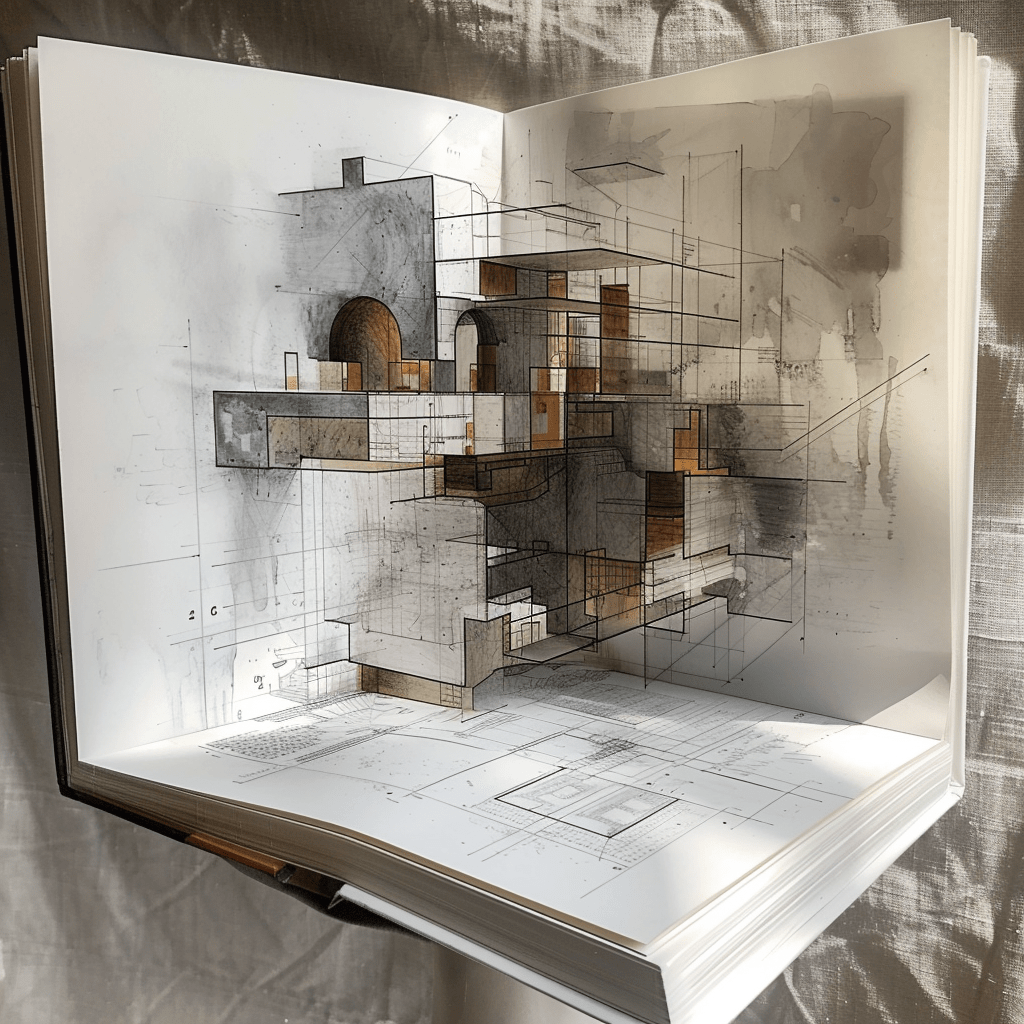
Organizing Your Portfolio Sections
The organization of our portfolio plays a pivotal role in how effectively it communicates our capabilities and vision. Here are some key points to consider:
- Sequencing: A well-thought-out sequence can guide the reader through our work much like a carefully constructed narrative. Starting strong with one of our best works will hook the viewers, while the strategic placement of projects can maintain their interest.
- Categorization: Dividing our portfolio into distinct sections defined by project types, styles, or chronological order can make browsing much easier. This approach ensures that our portfolio is not overwhelming, thereby improving the viewing experience.
- Simplicity: Despite the complexity of our works, the layout and organization should be straightforward. A clean, minimalist design allows our projects to shine and ensures the focus remains on the content.
In the organization process, it’s crucial to maintain a balance between aesthetics and practicality. While we might wish to experiment with innovative layouts, navigability and user experience should never be compromised.
Creating Visual Impact
In an architectural portfolio, visual impact plays an integral role. Not only does the appeal of the portfolio draw in viewers, it’s also what cements your work in their mind long after they’ve finished viewing. Let’s discuss two vital elements of creating visual impact.
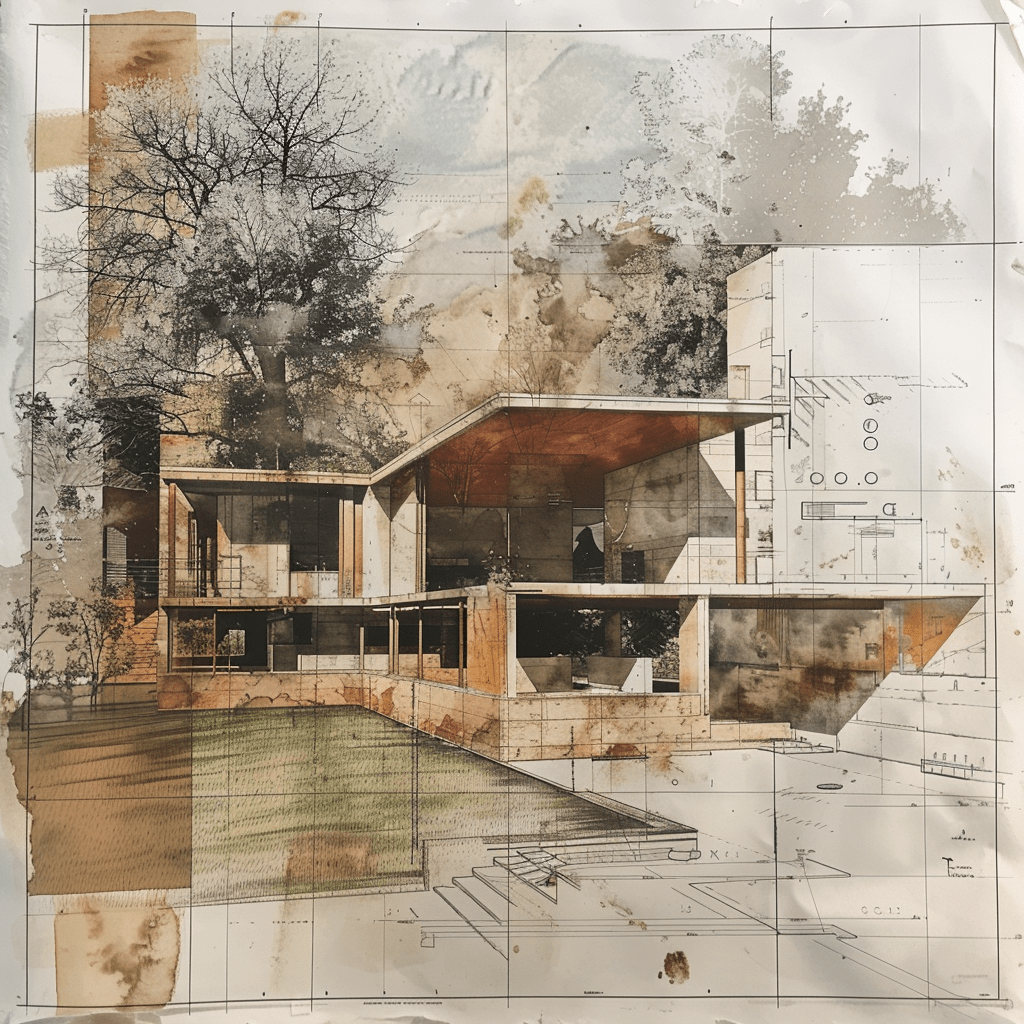
High-Quality Images
Every portfolio must include high-quality images. These images become the face of your projects, and therefore, they hold a major responsibility. First impressions last, and clear, high-resolution images set the stage for your viewer’s experience. Remember, it’s not just about the final exterior shot of a completed project. Consider including images that show work-in-progress, architectural plans and drawings, and even initial sketches. Offering an inside look into your process can greatly enhance the depth of your portfolio.
Images should not just be high quality, but also well-edited. Good editing enhances an image’s visual appeal, but overediting can make an image look unrealistic. Establish a balance that highlights the best features of your work without compromising the authenticity of the project.
Consistent Layout and Design
Consistency is key in the layout and design of your portfolio. It helps maintain a smooth flow between pages and projects. This is crucial, as constant change in layout and design can disrupt the viewer’s focus and make the portfolio feel disjointed.
Use a consistent theme for all your projects. It could be a color scheme, font style, or an arrangement format. What’s vital is that it provides a unified look and feel throughout your portfolio.
When designing your layout, accessibility is key. Your design should make it easy for viewers to navigate through images, texts and other elements. A complicated design can deter viewers, making it less likely for them to fully appreciate the projects contained within your portfolio.
In creating your architectural portfolio’s visual impact, the goal is not just to wow your audience and leave it at that. The goal is also to offer them a pleasant viewing experience, one where they can dive deep into your architectural journey and come out understanding not just your work, but you as an architect.

Including Written Content
While the old adage “a picture is worth a thousand words” rings true in the context of an architectural portfolio, we mustn’t discount the power of a well-written content. Complementing your strong visuals with clear, concise text can help paint a fuller picture of your architectural journey. Let’s find out how to incorporate such content into your portfolio.
Project Descriptions
Each project featured in your portfolio brings its own unique set of dimensions, materials, and influences. Deepen the understanding of these elements through detailed project descriptions. By encapsulating the essence of your projects in words, we’re offering viewers an extra layer of insight that can be just as impactful as vivid imagery.
Here are few things to keep in mind:
- Explain the context: Are your designs meant for an urban or rural area? What’s the cultural environment? Answering these questions provides valuable context for your project.
- Discuss the design process: Detail the different stages of your work and mention any unique approaches or techniques that were used.
- Share your inspiration: It’s always useful to understand the “why” behind the design.
Include the constraints that influenced the project’s development. Let’s be sure to strike a balance. Remember, our goal is not just to inform; we also want to captivate, so always aim to keep the content engaging.

Personal Statement
Let’s think of the personal statement as an opportunity. It’s your unique voice amidst a range of architectural designs. This is the place to add a human touch to your portfolio. Talk about what drives you as an architect, your aspirations, and your architectural philosophy.
Here are few things to note:
- Reflect your individuality: Use this space to express your unique artistic voice. This will help you stand out from a crowd.
- Maintain authenticity: Be true to yourself and your architectural vision. Authenticity resonates with people and can open doors to opportunities more likely to align with your unique skills and interests.
- Stay Professional: While it’s important to show your personality, ensure to maintain a professional tone.
So there you have it, including written content in your portfolio can be as impactful as the visuals. It’s about striking a balance, offering both an in-depth visual journey and a narrative that compliments it. Remember, the goal here is not just to stand out, but to also paint a comprehensive picture of who we are as architects.
Digital vs. Print Portfolios
In the ongoing shift from the physical to the digital era, architects often stand on a crossroads when it comes to choosing between digital and print portfolios. Both mediums carry their own merits and limitations. Understanding these differences will allow for an informed decision that best represents one’s distinctive style and professional identity.
Advantages and Disadvantages of Each
Digital Portfolios.
Digital portfolios offer accessibility, ease, and versatility. With an online portfolio, you’re only a click away from showcasing your work to potential clients or employers around the globe. Plus, digital platforms provide endless possibilities for multimedia integrations such as videos, slideshows, and interactive models.
However, there are certain challenges that come with the digital format. Owing to the widespread use of technology, competition in the digital world is intense. Your portfolio needs to stand out among thousands of others. Additionally, maintaining a unique personal touch in a digital world can be a tricky balance.

Print Portfolios.
In contrast, print portfolios offer tangibility and personalized engagement, which often leaves a lasting impression. The tactile sensation of flipping through high-quality prints can intensify the connection with your work. There’s certain authenticity in holding a physical portfolio that digital versions often lack.
On the downside, print portfolios lack the widespread reach of digital ones. They can be heavy, cumbersome, and more expensive to produce. Plus, once printed, making changes or updates to a physical portfolio is a time-consuming task.
As is evident, both formats have their pros and cons. It’s up to you to evaluate and decide which path aligns better with your architectural vision and career aspirations. Remember, the goal is to use the chosen medium to cherishingly unfold your journey as an architect, offering a compelling story that combines purpose and talent into a comprehensive whole.
Conclusion
We’ve explored the pros and cons of digital and print portfolios for architects. It’s clear both have their merits. Digital portfolios offer unrivaled accessibility and the ability to incorporate multimedia, while print portfolios provide a tactile experience that can create a lasting impression. However, each comes with its own challenges. Digital portfolios can struggle to stand out in a crowded online space and print portfolios can be hard to update and distribute. The key is to balance the strengths of each format and align it with your career aspirations. Remember, your portfolio is the story of your architectural journey, so choose the format that best tells your story.
Submit your architectural projects
Follow these steps for submission your project. Submission FormLatest Posts
Digital Marketing: The New Portfolio for Showcasing Skills and Attracting Opportunities
Discover how digital marketing has revolutionized the traditional portfolio in today's fast-paced...
Essential Tips for a Good Architecture Portfolio to Impress Employers and Clients
Unlock your architectural potential with our essential tips for crafting a standout...
How to Stage a House for an Architectural Portfolio Shoot
A house might look beautiful in person, but through a lens? That’s...
The Process Behind a Successful Architecture Portfolio: Tips for Design and Presentation
Discover the art and strategy behind building a standout architecture portfolio. Learn...








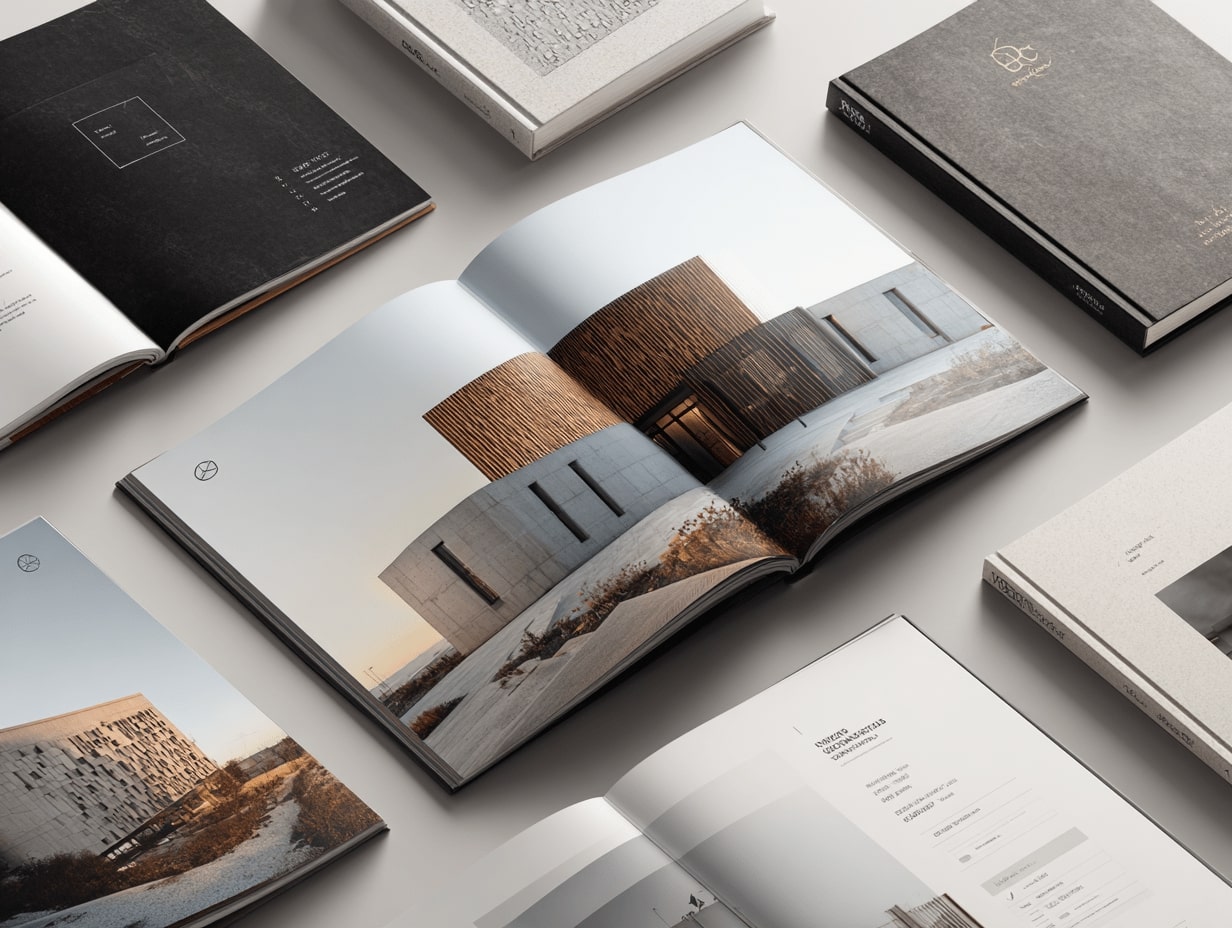
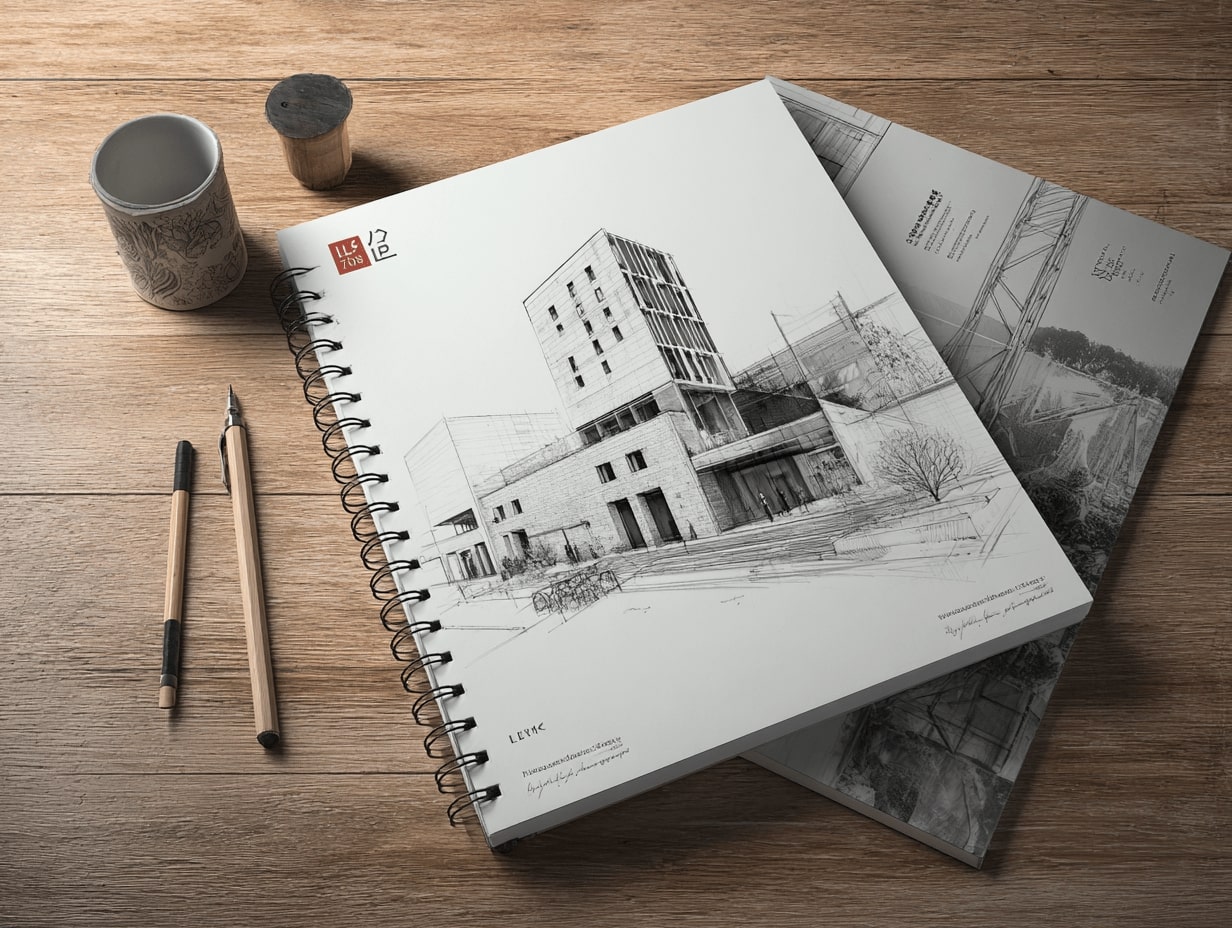

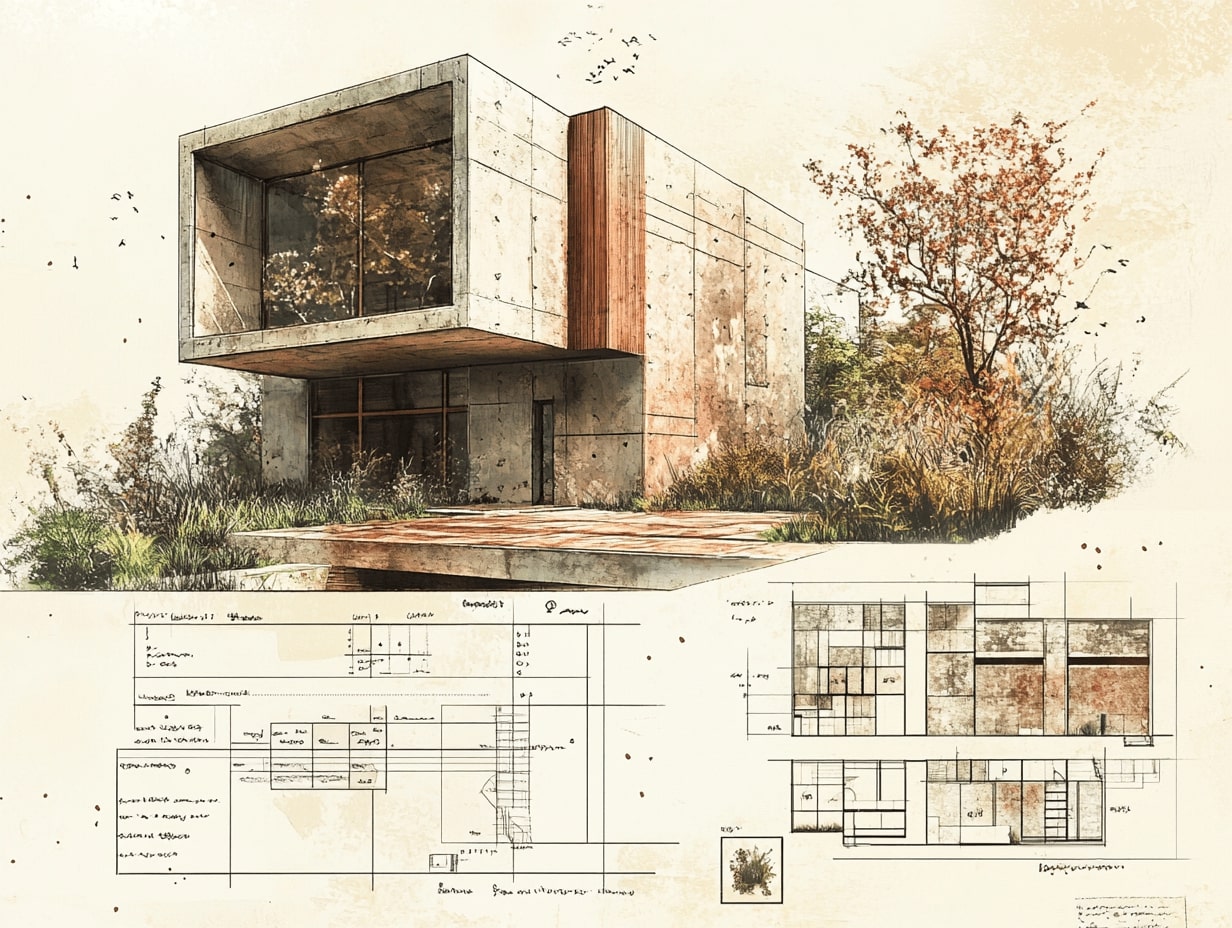
Leave a comment